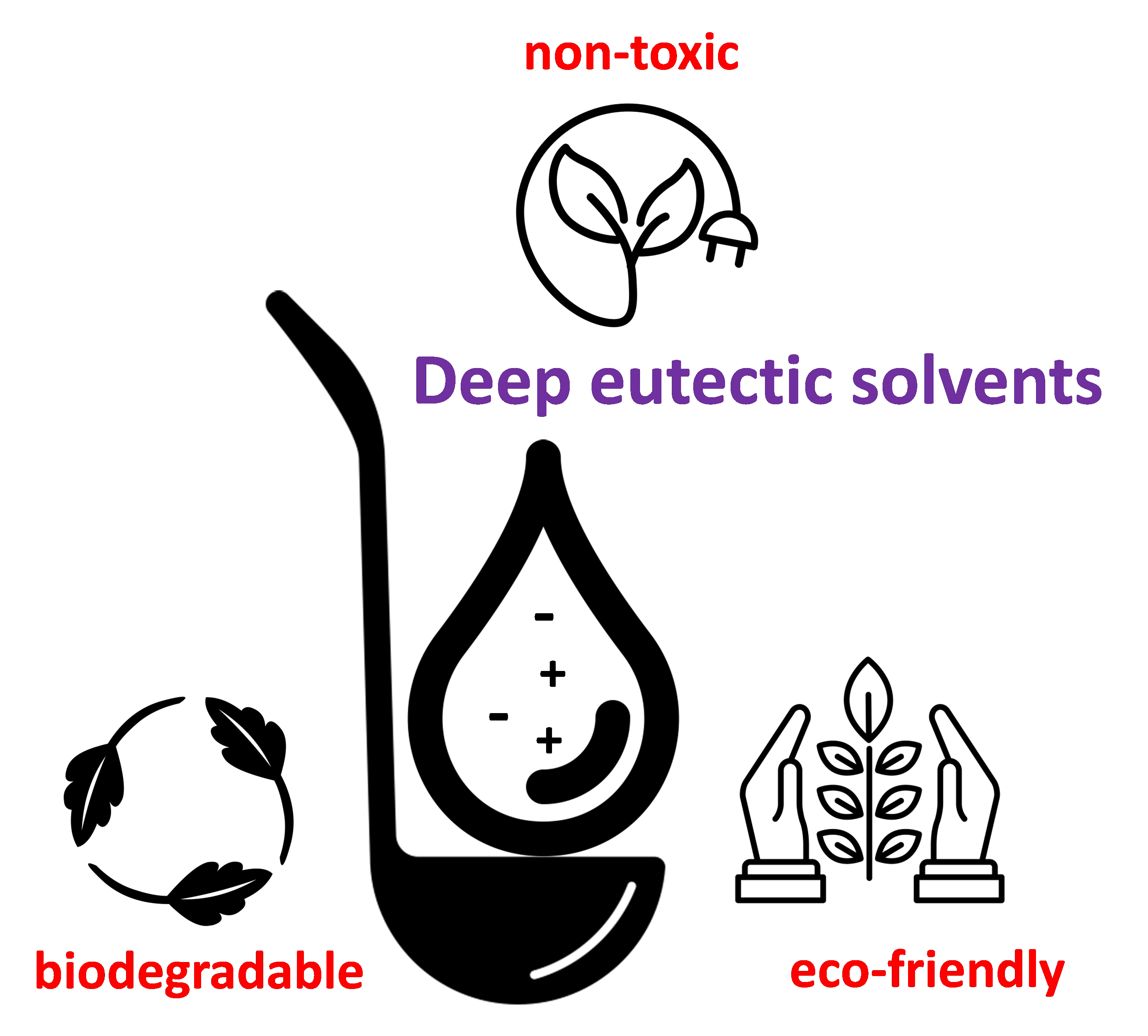Nanomaterials are extensively used for a wide range of applications encompassing medicine, diagnostics, defense, energy and many more. A large number of reports are published in literature every year on the synthetic routes that are available for nanomaterial fabrication. However many of these routes produce a huge amount of corrosive waste matter after the end of the synthesis.
In our research, we are trying to tackle this problem by synthesizing nanomaterials in ion based solvents which are eutectic mixtures of two solids. A eutectic mixture consists of two solids with a high melting point which when mixed in a particular molar ratio becomes a liquid. These solvents are known as ‘deep eutectic solvents’ and they are usually formed by mixing a salt that can donate protons along with compounds containing bulky nitrogen groups. On account of strong molecular bond formation between the parent species, there is a massive reduction in the overall melting point of the resulting deep eutectic solvent. The end result is a liquid that has a melting point less than room temperature conditions. As these solvents are mostly composed of vitamins and organic compounds like urea, ascorbic acid and choline chloride, so these are eco-friendly, non-toxic and biodegradable. There has been a burgeoning interest in the field of industrial chemistry to replace the conventional volatile organic compounds (VOCs) with these solvents because of extremely low vapour pressures of such systems. Not only these solvents provide a fresh perspective to engineer innovative nanomaterials but they also act as templating agents on their own to tune the morphology of nanomaterials. These are considered to be ‘designer’ solvents because of their excellent ability to selectively adhere to particular crystalline facets of the reactants . In our research, we are able to tune various morphologies of divanadium pentoxide (V2O5) based materials with the help of these systems. We are able to engineer interesting morphologies such as nanoflowers, nanosheets and nanofleece just by changing the water ratio in these solvent systems. The ability to synthesize nanomaterials with specific morphology at the nanoscale has been of great interest and challenge for the scientific community. Depending on the final application, different morphologies are selected as these give different results. V2O5 are attractive cathode materials for Li-ion battery applications as Li+ host material because of its high theoretical capacity (294 mA h g-1, when two lithium ions intercalate into V2O5), low cost and easy preparation. Nanomaterials act as better cathode materials in comparison to their bulk counterparts because of shorter ion diffusion length. On account of fast charge discharge properties, nanosheets are reported to be one of the most suitable candidates for Li-ion battery applications.
Sukanya Datta
NanoDTC PhD Student Cohort 2015
Department of Chemical Engineering and Biotechnology.T
The writer is thankful to Noun project (Hopkins, Schmidt Sergey, Cuby, Amos Meron, Sasha Willins) for the images that has been used to illustrate the above subject

